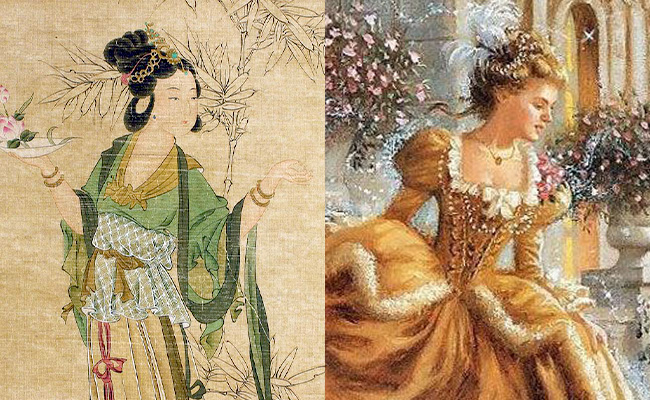Disney’s princesses have enchanted audiences for generations, their stories woven into the fabric of childhood memories and cultural iconography. Each princess, with her unique tale and character, represents a blend of fantasy, adventure, and romance that has captivated the hearts of millions. But behind these beloved characters lie rich legacies and stories that extend far beyond the silver screen. This article delves into the enchanted legacies of Disney’s princesses, exploring the origins of their tales, the cultural influences that shaped them, and the enduring impact they have had on audiences worldwide.
Snow White and the Seven Dwarfs (1937)
Snow White, the first Disney Princess, was introduced in 1937 with the film “Snow White and the Seven Dwarfs.” Her story is rooted in the Brothers Grimm fairy tale of the same name. The character of Snow White embodies innocence and kindness, qualities that were emphasized in Disney’s adaptation to appeal to a wide audience. The film’s success laid the groundwork for the Disney Princess franchise, introducing the world to the magic of animated storytelling.
Cinderella (1950)
Cinderella’s tale is one of the most enduring fairy tales, with versions dating back to ancient China and Greece. Disney’s “Cinderella” (1950) draws primarily from the French version by Charles Perrault. The story of a downtrodden girl who finds happiness through the magic of a fairy godmother and a prince’s love resonated with audiences, solidifying Cinderella’s place in the hearts of many. Her legacy is one of hope and the belief that kindness will ultimately be rewarded.
Sleeping Beauty (1959)
“Sleeping Beauty” (1959) is based on “The Sleeping Beauty” by Charles Perrault and “Little Briar Rose” by the Brothers Grimm. The story of Princess Aurora, cursed to sleep for a hundred years, is a tale of true love’s kiss and the battle between good and evil. Disney’s adaptation brought to life the lush animation and memorable score that have made it a classic. The film’s exploration of destiny and the power of love has left a lasting impact on the Disney Princess legacy.
The Little Mermaid (1989)
Ariel, the protagonist of “The Little Mermaid” (1989), is based on the story by Hans Christian Andersen. Disney’s version, however, diverges significantly from the original, offering a more optimistic ending. Ariel’s tale of longing, sacrifice, and love has struck a chord with audiences, making her one of the most beloved Disney Princesses. Her story is a testament to the power of following one’s heart and the importance of self-discovery.
Beauty and the Beast (1991)
“Beauty and the Beast” (1991) is inspired by the French fairy tale of the same name by Jeanne-Marie Leprince de Beaumont. Belle, the intelligent and compassionate heroine, teaches audiences about the importance of looking beyond appearances to find true beauty within. The film’s exploration of themes such as acceptance, transformation, and the power of love has earned it a special place in the hearts of many, and it remains one of Disney’s most beloved stories.
Mulan (1998)
Mulan’s story is unique among Disney Princesses, drawing from the Chinese legend of Hua Mulan. The film “Mulan” (1998) tells the tale of a young woman who disguises herself as a man to take her father’s place in the army. Mulan’s bravery, determination, and sense of duty challenge traditional Disney Princess narratives, offering a story of self-sacrifice and the pursuit of honor. Her legacy is one of empowerment and the celebration of cultural heritage.
Conclusion
The enchanted legacies of Disney’s princesses are as diverse as they are enduring. From Snow White’s innocence to Mulan’s bravery, each princess brings her own story and lessons to the screen. These characters have not only become cultural icons but also serve as beacons of hope, love, and empowerment for audiences around the world. As the Disney Princess franchise continues to evolve, these legacies will undoubtedly inspire new generations to dream big and believe in the magic of possibility.
